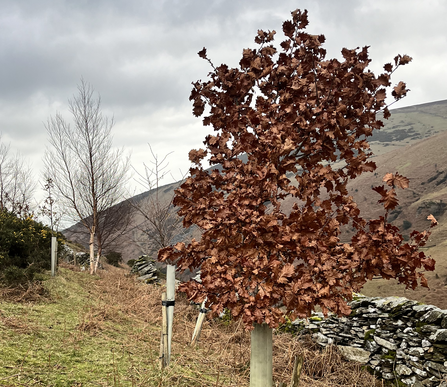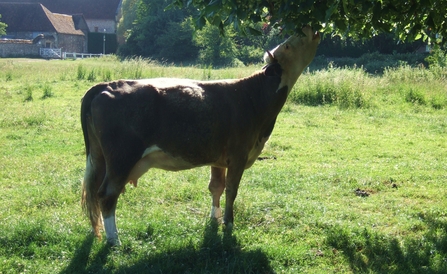
This oak tree was planted in Ramsey Forest ten years ago. Already its roots will be reaching 50cm deep, way below the rooting depth of the grassy turf it is growing in. Down here the roots can reach minerals that have been washed down over thousands of years and are out of the reach of most plants. These nutrients will be brought up to the leaves, which, when they fall, return the long-lost nutrients to the ecosystem.
The turn-over of deep roots growing and dying, allows life bringing oxygen into the soil depths, gradually increasing topsoil depth and soil fertility over decades and hundreds of years.
But there are interventions that can boost soil fertility much faster:


